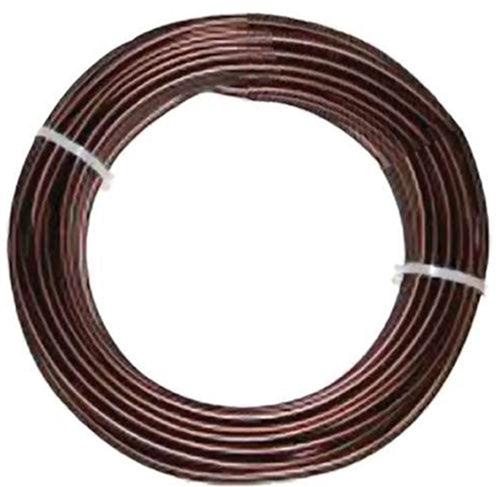
This strikingly unique Shimpaku juniper is our inspiration for the 'tortured' in the title of this post (this alludes to comments we hear sometimes - see below). I like the contrast with the cinnamon colored live veins and white deadwood. It looks like lime sulfur was just applied to the deadwood, thus the bright white. Over time, it will fade to a more natural and aged looking whitish grey
Back in the day (I think it was a Wednesday... sorry, bad joke) we used to hear references to bonsai being a form of torture. Mostly people were kidding, but you couldn't always be sure, and looking at some bonsai like the Shimpaku above, you might understand where this idea came from. Though if you know bonsai or anything about plants, you can see that the tree is perfectly heathy, even robust.
All the photos shown here were originally taken at Fujikawa Kouka-en Bonsai Garden in Japan. Home of some of the best bonsai (and bonsai apprentices) anywhere

Close up of the 'tortured' limbs. I'm not sure if it's possible to follow the live veins' circuitous paths. As least in this photo

A powerful old Shishigashira Japanese maple. Can you tell if the red leaves are spring or fall color?

Impressive nebari
 Trident maple root-over-rock. I first saw Trident maples growing on rocks at Roy Nagatoshi's Fuji Bonsai nursery in Southern California. I think it was 1986. Because I'd never seen root-over-rock Tridents anywhere else, I assumed they were distinctive to Fuji nursery. Later I discovered the truth; like so many great bonsai ideas and practices, this style originated in Japan
Trident maple root-over-rock. I first saw Trident maples growing on rocks at Roy Nagatoshi's Fuji Bonsai nursery in Southern California. I think it was 1986. Because I'd never seen root-over-rock Tridents anywhere else, I assumed they were distinctive to Fuji nursery. Later I discovered the truth; like so many great bonsai ideas and practices, this style originated in Japan

Closeup. There's something about the way Tridents grip the rock. Overtime you'll see less and less rock as the roots spread and thicken (well, they started as roots... they're actually part of the trunk now)

A small piece of Fujikawa Kouka-en

